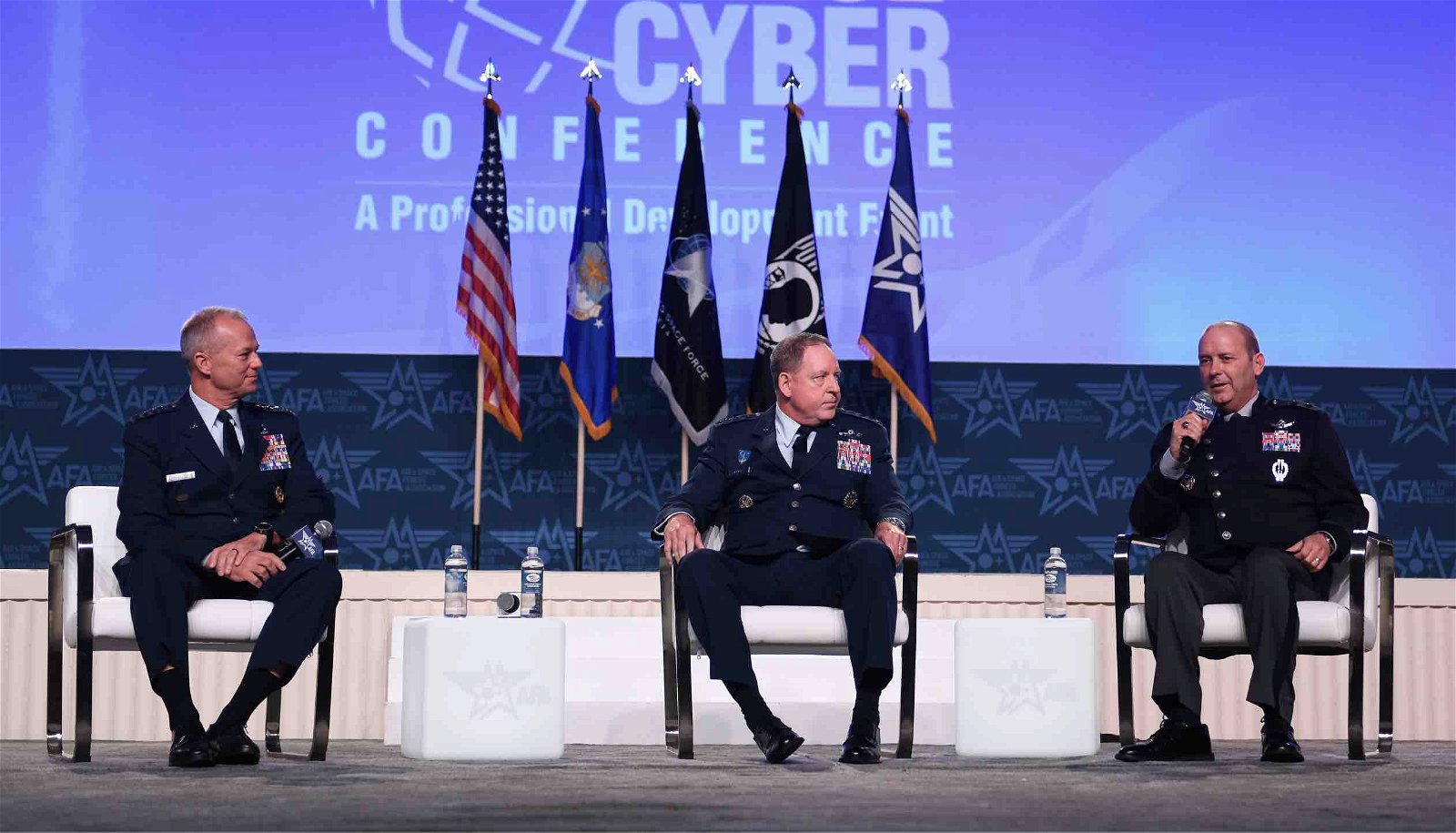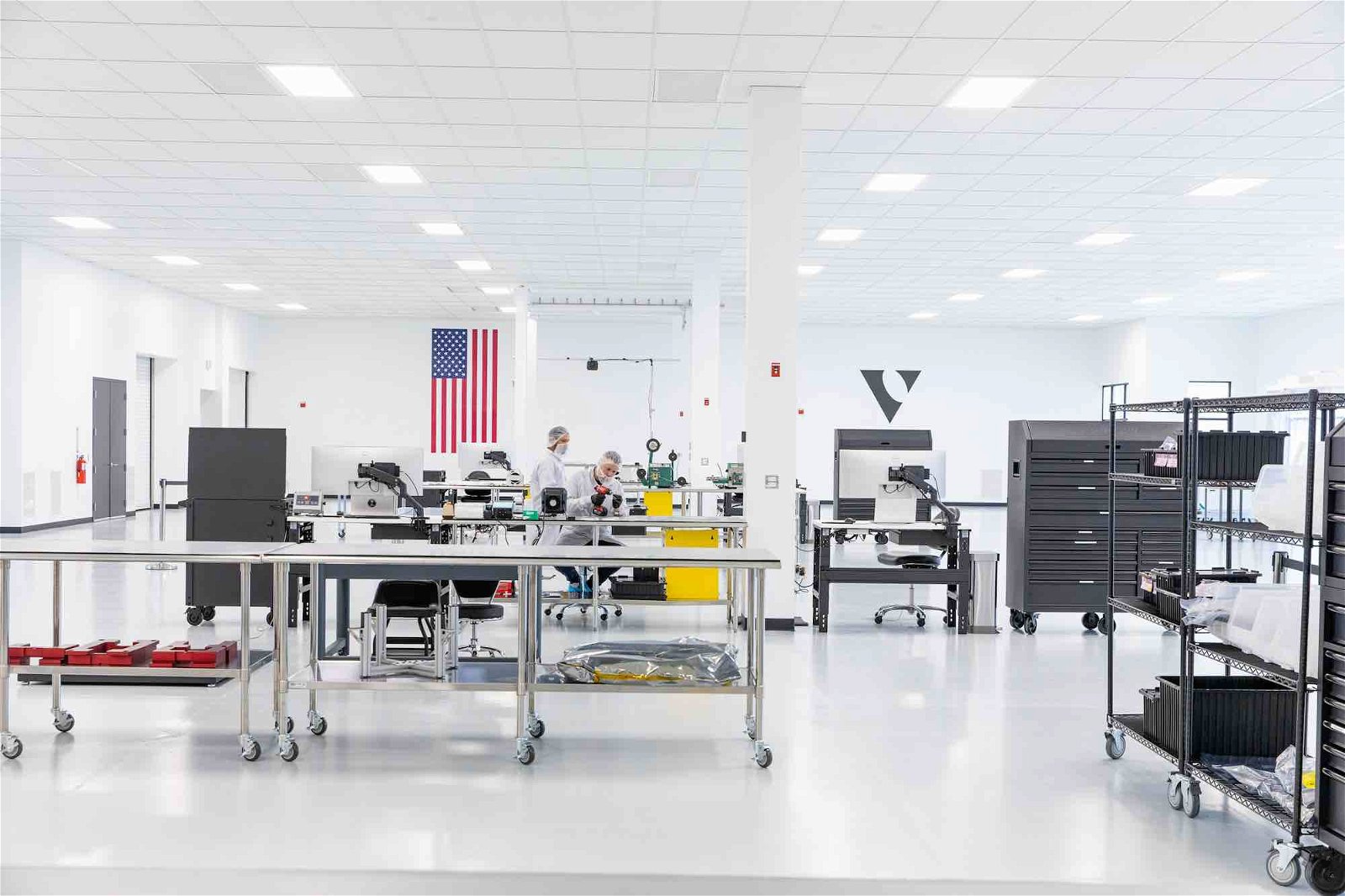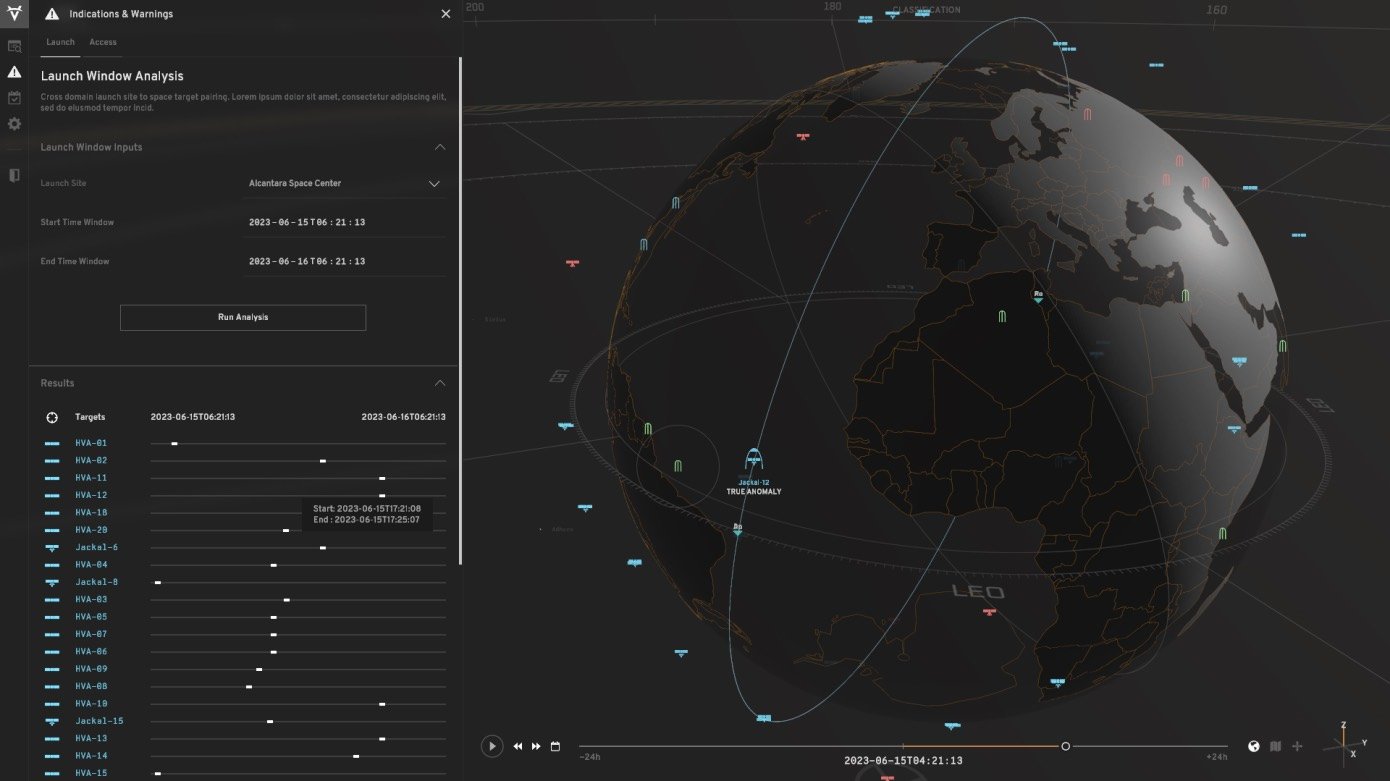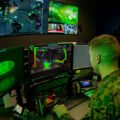The U.S. Space Force (USSF) has awarded a $17.4 million research contract to True Anomaly, Inc., a Colorado-based space security company behind the production of innovative new autonomous orbital vehicles (AOVs) and other space technologies.
The USSF Systems Command Phase III Small Business Innovation Research (SBIR) contract was granted to the company to provide “a suite of Space Domain Awareness (SDA) applications,” which the company says will employ cutting-edge analytics and artificial intelligence (AI) to provide “improved efficiency across the spectrum of SDA operations.”
Developers of advanced spacecraft manufacturing infrastructure and technologies that include autonomous orbital vehicles, which are able to collect video and other data on objects in space, True Anomaly’s suite of technologies is able to provide ideal solutions for a range of future USSF operations.
At the heart of the company’s newest effort with the USSF is its Mosaic software, the company’s integrated operating system designed for the management of space domain awareness and maintaining the security of such operations.
Based on concerns recently aired by top U.S. Space Force leadership, the company’s contributions to the security of future U.S. space operations also couldn’t be more timely.
“We Can’t Do This Alone”: The Space Force is Working to Build Partnerships
At an event last week, U.S. Space Force Maj. Gen. Douglas Schiess, Combined Force Space Component Command commander and Space Operations Command vice commander, said his military branch “must be intel focused, cyber secure, combat credible and deliberate about cultivating partnerships.”


“We can’t do this alone,” Schiess added. “The space domain is huge and we have to make sure that we’re not duplicating efforts, but that we’re working together to ensure space superiority on a day to day basis.”
Echoing Schiess’s statements, True Anomaly CEO Even Rogers says that maintaining awareness in space is becoming more complex with time, and thereby a more critical focus in efforts to maintain national security, which results in “exponential operational requirements for Guardians and infrastructure” leveraged by the USSF.
“Modern SDA is about much more than collision avoidance,” Rogers said in a statement. “It’s about delivering the right information at the right time to the right decision-maker. The rapid global launch cadence has out-paced DoD’s ability to fuse SDA data.”
Rogers says True Anomaly’s suite of technologies “directly addresses this gap with scalable automation intended to be a force multiplier for SDA operators.”
“The software has been carefully architected to continuously adapt to the rapidly evolving domain,” Rogers says.
How True Anomaly Aims to Change the Game for the U.S. Space Force
According to its website, True Anomaly “builds innovative technology at the intersection of spacecraft, software, and AI,” which it says aims to help ensure security, sustainability, and accessibility for future operations in space by the U.S. and its allies in the commercial space industry and around the world.
In June, the company announced the simultaneous unveiling of its Digital Range application and its On-Orbit Range service, a pair of technologies capable of providing “digital and live solutions for high-fidelity test events, tactics validation, threat replication, and operator training.”
The June announcement was followed in August by the opening of the company’s GravityWorks facility in Centennial, Colorado, after receiving authorizations from NOAA and the FCC allowing it to perform non-Earth imaging and demonstrations of its Jackal AOVs, which are currently being constructed at the new facility.


Rogers says the company’s GravityWorks facility boasts innovative new patent-pending satellite design and other engineering assets, all backed by cutting-edge technicians capable of delivering game-changing space technologies to the USSF aimed at helping it meet the growing demands of the 21st-century orbital environment.
“GravityWorks was built to meet any volume of spacecraft our customers will require and to turn tactical problems into innovative solutions at the powerful intersection of hardware, software, and AI,” Rogers said.
“America wins when our regulatory agencies partner with industry to advance innovation toward critical national interests,” said True Anomaly Chief Legal Officer Matthew Linton in a statement.
Prior to the new contract being awarded to the company, True Anomaly successfully completed its initial 21-month scope of work within just four months.
The first pair of Jackal AOVs are expected to take to orbit from Vandenberg Space Force Base aboard a SpaceX Transporter-10 mission early next year.
Micah Hanks is the Editor-in-Chief and Co-Founder of The Debrief. He can be reached by email at micah@thedebrief.org. Follow his work at micahhanks.com and on Twitter: @MicahHanks.

